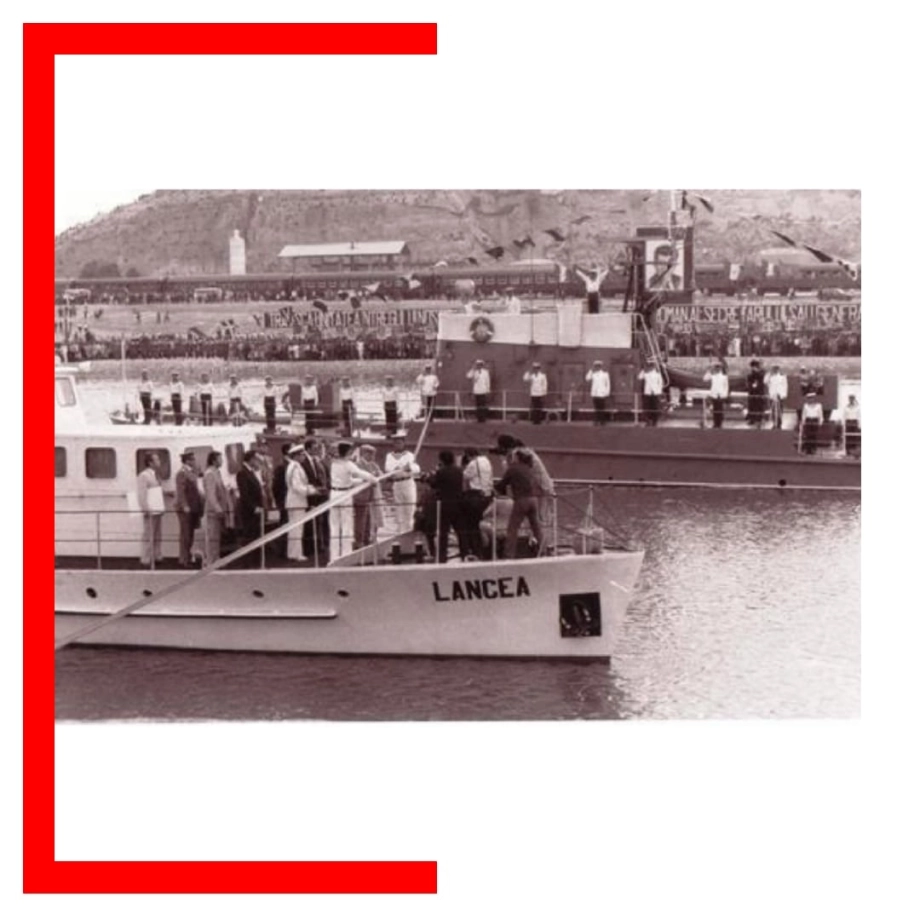The Danube-Black Sea Canal

On May 26, 1984, the Danube-Black Sea Canal is inaugurated, one of the prides of the communist era. At the inauguration, it was the third longest navigation canal in the world.
The artificial canal connecting the Danube with the Black Sea has been designed to shorten the existing route by 260 kilometers, helping to improve the irrigation of the Dobrogea area. Started in 1949 by the communist regime, the project was stopped 4 years later, and the construction works were resumed only in 1976.
It was built by paid workers, military, but especially detainees, mostly political, with the status of "MAI settlers". In 1952, more than 80% of workers were represented by political prisoners: opponents of the regime or people considered dangerous to the regime, who had to be re-educated through forced labor. Labor colonies were set up along the canal in which Romanian intellectuals, politicians, officers, civil servants, doctors, lawyers, church clerics or peasants who opposed collectivization were serving their years of hard imprisonment through forced labor in unimaginable conditions.
Women, men, young and old were tortured and starved, in unheated barracks, worked to exhaustion, awakened in the middle of the night and sent by foot tens of miles to work, regardless of the weather. By the end of the first stage of the construction, more than 100,000 political detainees had been brought to the Canal. For many of them, this place has become their grave. Whether they were killed in work accidents, tortured, or shot when they tried to flee, the victims were buried at the base of the foundations, making any trace of them disappear. It is not yet known their exact number or where they were buried.



